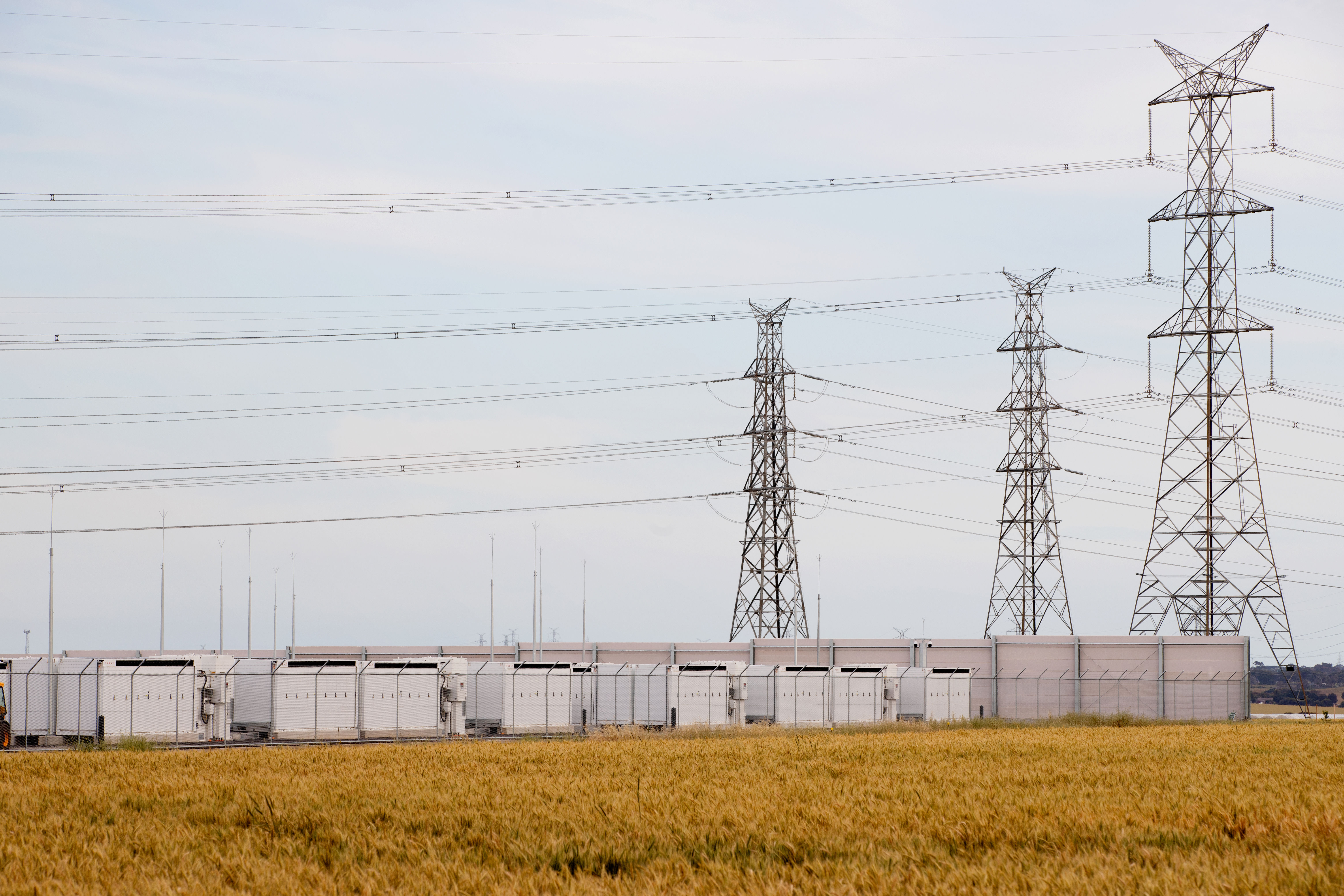CEFC backs transformative farming to regenerate farms and reduce carbon

18 October 2021
A new farming initiative backed by the CEFC will target the regeneration of underperforming farms while lowering their carbon intensity and improving sequestration. The CEFC has made a $50 million cornerstone commitment to the Transforming Farming Platform (the Platform) on behalf of the Australian Government, alongside an initial $50 million from global agricultural impact fund, the Kempen SDG Farmland Fund.
The science-led sustainable farming initiative will be managed by Gunn Agri Partners, an Australian-based specialist agricultural asset manager with a portfolio of $300 million. The Platform will span mixed farming assets across the main cropping areas of Australia and will focus capital investment in underperforming small to medium farms to help lift productivity and optimise land use.
Using expert advice from a team of leading agronomic and environmental advisers including the CSIRO, the Platform adopts data-driven practices to make the farms more productive and resilient in a changing climate.
This includes integrating regenerative farming methods and improved land management techniques to optimise yield productivity, reduce carbon emissions and sequester carbon. Incorporating data from the CSIRO, including their Yieldgap research, the platform will look at cropping systems, weather and soil data and crop variabilities to optimise production.
CEFC CEO Ian Learmonth said the approach would be transformative for the portfolio farms.
“Across Australia, farmers are looking to the latest technology to help them farm more productively and sustainably. We are delighted to support the broader use of research from groups such as the CSIRO to deliver energy efficiency improvements to farms as well as optimize production, soil carbon, biodiversity and other environmental outcomes,” Mr Learmonth said.
“Smaller scale, mixed use Australian farms can reap considerable benefits by using data-backed best practice farming techniques to increase profitability and productivity while cutting their carbon footprint. This is a win-win development for farmers, agriculture and emissions reduction.”
The regenerative farming project also has scope to generate Australian Carbon Credit Units for soil and biomass carbon sequestration, to help satisfy demand for verifiable measurement of climate and sustainability objectives in emissions reduction projects.
Gunn Agri’s Portfolio Manager for the Platform, Bradley Wheaton, said that integrating agricultural and environmental management practices to generate market-linked returns is at the frontier of institutional investing in Australian agriculture.
“As agricultural asset managers for institutions there is complete transparency in our financial performance. What is ground-breaking here is that we have embedded the same accountability in the delivery of soil carbon, carbon in vegetation, emission reduction, biodiversity and other sustainability measures.
“The CEFC asked if we could target certain carbon emission and sequestrations outcomes and ensure we could deliver on them. We developed a comprehensive set of indicators that track our performance, and we baseline and report against these with independent assurance of the whole framework.”
The CSIRO predicts that future global food security depends in part on achieving the highest possible yields on existing farmland.1 Increased efficiency in farming, combined with improved resilience to the increasing impact of a changing climate on Australian agriculture could help farmers meet rising global and domestic demand for Australian farmed products.2
By establishing sustainable production from inception, the platform will gather valuable data to demonstrate the link between regenerative and sustainable agriculture, soil carbon and asset productivity.
The CEFC is an active investor in the agriculture sector, having committed more than $500 million3 to small and large scale agricultural projects, including emerging soil carbon initiatives – one of the five priorities identified in the Technology Investment Roadmap Low Emissions Technology Statement.
Together with Macquarie Infrastructure and Real Assets (MIRA), the CEFC has also worked with the CSIRO on the development of FarmPrint, a unique tool designed to enable Australian farmers to monitor, benchmark and evaluate their on-farm carbon footprint.
Agriculture is a significant and growing contributor to global emissions. Approximately two-thirds of food systems emissions come from agriculture, land use and changes in land use.4
With the global population projected to reach 10 billion by 2050, agricultural production will need to increase by at least 50 per cent compared to 2012 output.5
1 https://www.csiro.au/en/research/production/food/food-security
2 https://www.csiro.au/en/research/plants/crops/Farming-practices/Precision-agriculture
3 At 31 March 2021.
4 https://news.un.org/en/story/2021/03/1086822
5 Food and Agriculture Organization of the United Nations, The future of food and agriculture – Trends and Challenges, 2017. http://www.fao.org/3/i6583e/i6583e.pdf p4
Media release, 2021




